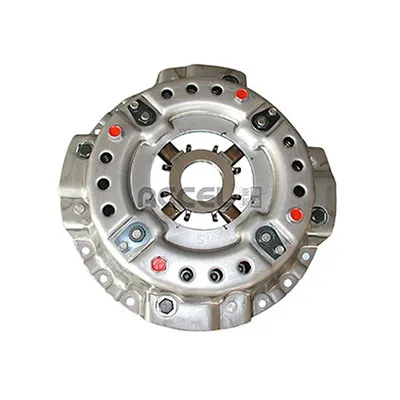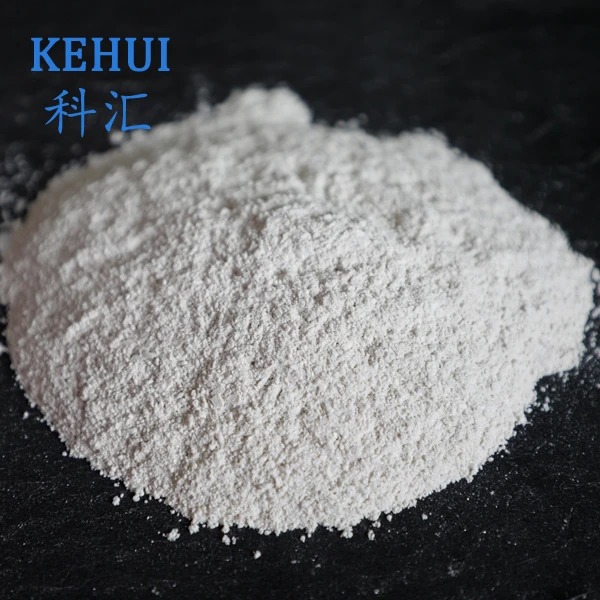Muscovite mica is an essential mineral recognized for its various industrial and commercial applications. Its unique properties contribute to its wide utilization across multiple sectors, influencing its demand and subsequently, its market price. This comprehensive guide explores the factors affecting the price of muscovite mica, providing expert insights for businesses looking to invest in this versatile mineral.
The demand from emerging markets plays a crucial role in determining muscovite mica prices. Rapid industrialization and the growth of electronic and automotive industries in countries such as India, China, and Brazil drive the demand for mica, putting upward pressure on prices. Businesses should closely monitor market trends and emerging economies to understand how these factors might influence mica pricing. Trade policies and tariffs are another crucial consideration. Import duties, export restrictions, and trade agreements can impact the cost of mica. Fluctuations in international trade policies might cause sudden changes in supply and pricing, necessitating businesses to maintain flexible procurement strategies and develop strong relationships with multiple suppliers worldwide. Exchange rates also play a pivotal role in the international trade of muscovite mica. Currency fluctuations can affect the purchasing power of both producers and buyers. Companies involved in cross-border transactions should employ hedging strategies to mitigate risks associated with volatile currency markets, ensuring they maintain competitive purchasing costs. For longevity and sustainability in purchasing muscovite mica, businesses should cultivate strong relationships with reputable suppliers. By understanding suppliers’ operational challenges and working collaboratively, companies can secure more favorable terms and ensure a reliable supply of high-quality mica at competitive prices. In summary, muscovite mica pricing is influenced by a complex interplay of quality, geographical origin, regulatory environments, technological advancements, demand dynamics, trade policies, and exchange rates. Businesses leveraging comprehensive market analysis and fostering strong supplier relationships can make informed procurement decisions, ensuring efficiency and cost-effectiveness in sourcing this vital mineral.


The demand from emerging markets plays a crucial role in determining muscovite mica prices. Rapid industrialization and the growth of electronic and automotive industries in countries such as India, China, and Brazil drive the demand for mica, putting upward pressure on prices. Businesses should closely monitor market trends and emerging economies to understand how these factors might influence mica pricing. Trade policies and tariffs are another crucial consideration. Import duties, export restrictions, and trade agreements can impact the cost of mica. Fluctuations in international trade policies might cause sudden changes in supply and pricing, necessitating businesses to maintain flexible procurement strategies and develop strong relationships with multiple suppliers worldwide. Exchange rates also play a pivotal role in the international trade of muscovite mica. Currency fluctuations can affect the purchasing power of both producers and buyers. Companies involved in cross-border transactions should employ hedging strategies to mitigate risks associated with volatile currency markets, ensuring they maintain competitive purchasing costs. For longevity and sustainability in purchasing muscovite mica, businesses should cultivate strong relationships with reputable suppliers. By understanding suppliers’ operational challenges and working collaboratively, companies can secure more favorable terms and ensure a reliable supply of high-quality mica at competitive prices. In summary, muscovite mica pricing is influenced by a complex interplay of quality, geographical origin, regulatory environments, technological advancements, demand dynamics, trade policies, and exchange rates. Businesses leveraging comprehensive market analysis and fostering strong supplier relationships can make informed procurement decisions, ensuring efficiency and cost-effectiveness in sourcing this vital mineral.
Latest news
-
The Versatile World of Phlogopite Mica: Properties, Forms, and ApplicationsNewsJul.14,2025
-
The Versatile Applications of Calcined Mica: From Decoration to Industrial UseNewsJul.14,2025
-
The Role of Muscovite Mica in Industrial Insulation MaterialsNewsJul.14,2025
-
The Benefits of Using Expanded Clay Pebbles in Hydroponics and Soil GardeningNewsJul.14,2025
-
Innovative Applications of Mica Flake in Paints and CoatingsNewsJul.14,2025
-
Gardening Expanded Clay Usage: A Complete GuideNewsJul.14,2025
-
The Use of Natural Mica Powder in Skincare ProductsNewsJun.11,2025
Related Products








